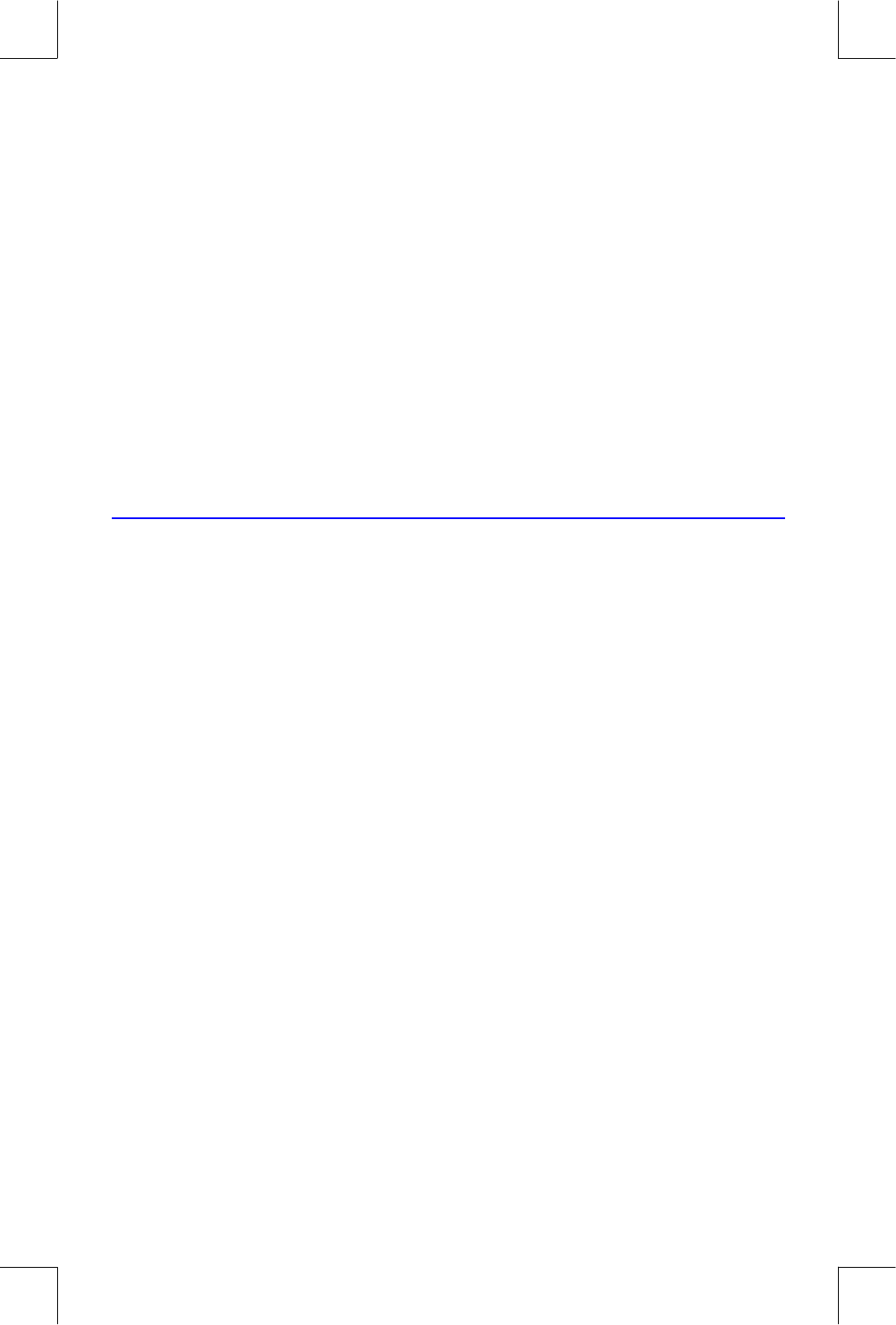
10–4 Base Conversions and Arithmetic
File name 32sii-Manual-E-0424
Printed Date : 2003/4/24 Size : 17.7 x 25.2 cm
annunciator on.
z
w
{
} 1001100
_
Changes to base 2; BIN
annunciator on. This
terminates digit entry, so no
is needed between
the numbers.
Result in binary base.
z
w
{
%
}
Result in hexadecimal base.
z
w
{
}
8)
Restores decimal base.
The Representation of Numbers
Although the display of a number is converted when the base is changed, its
stored form is not modified, so decimal numbers are not truncated — until
they are used in arithmetic calculations.
When a number appears in hexadecimal, octal, or binary base, it is shown
as a right–justified integer with up to 36 bits (12 octal digits or 9 hexadecimal
digits). Leading zeros are riot displayed, but they are important because they
indicate a positive number. For example, the binary representation of 125
10
is displayed as:
11111101
which is the same as these 36 digits:
000000000000000000000000000001111101
Negative Numbers
The leftmost (most significant or "highest") bit of a number's binary
representation is the sign bit; it is set (1) for negative numbers. If there are
(undisplayed) leading zeros, then the sign bit is 0 (positive). A negative
number is the 2's complement of its positive binary number.
Keys: Display: Description:


















